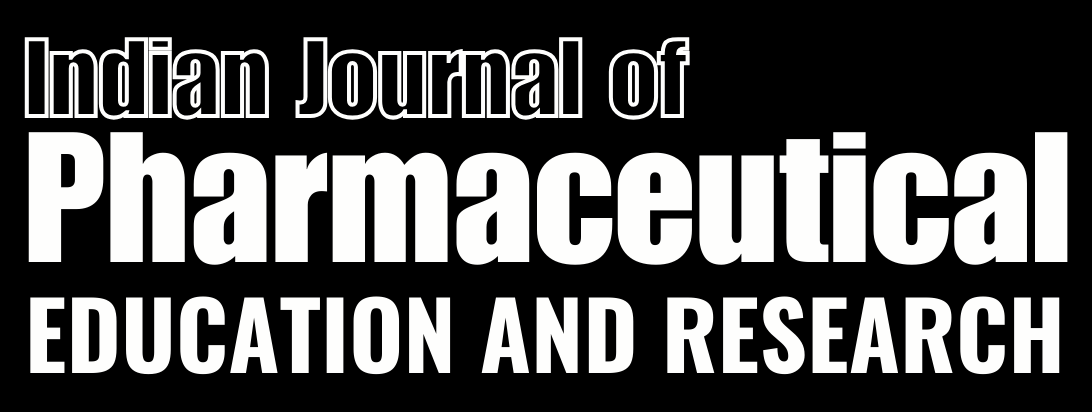ABSTRACT
Aim/Background:
Throughout the drug development process, maintaining control over impurities and keeping them within specified limits is of paramount importance in the production of high-quality drugs. Numerous studies have been dedicated to synthesizing impurities and elucidating their structures to support the purification method. Bisoprolol, a selective beta-adrenoceptor antagonist that predominantly targets β1 receptors, is primarily employed to treat conditions like high blood pressure and angina. Therefore, it is crucial to synthesize and study impurities associated with Bisoprolol. The objective of this research work is to synthesize impurities of Bisoprolol, as these impurities play a critical role in the drug manufacturing process. Our research focused on the synthesis of 5 key impurities of Bisoprolol, along with their purification and characterization.
Experimental work:
These impurities were synthesized through processes such as Ring Opening, Esterification and Dimerization. The 5 impurities are as follows: 1. 1-(isopropyl amino)-3-(4-methylphenoxy) propan-2-ol, 2. 2-isopropoxyethyl4- (2-hydroxy-2-(isopropylmino)ethoxy) benzoate, 3. 4-[(2-Isopropoxyethoxy)methyl]phenol, 4. 3-[4-((2-Isopropoxyethoxy) methyl) phenoxy]-1, 2-propanediol, 5. 3, 3’-(isopropylazanediyl) bis (1-(4-((2- isopropoxyethoxy) methyl) phenoxy) propan-2-ol).
Characterization:
We employed column chromatography and thin-layer chromatography techniques to separate and purify these impurities. The structures of the synthesized compounds were determined using Infrared spectroscopy, Mass spectroscopy and 1H-NMR spectroscopy. The pharmaceutical industry, reducing impurity levels to meet the required thresholds by ICH guidelines holds promise for the future.
Conclusion:
by synthesizing impurities related to Bisoprolol, an emergency cardiovascular drug, our research contributes to the pharmaceutical industry’s efforts to ensure the safety and efficacy of potent drugs.


